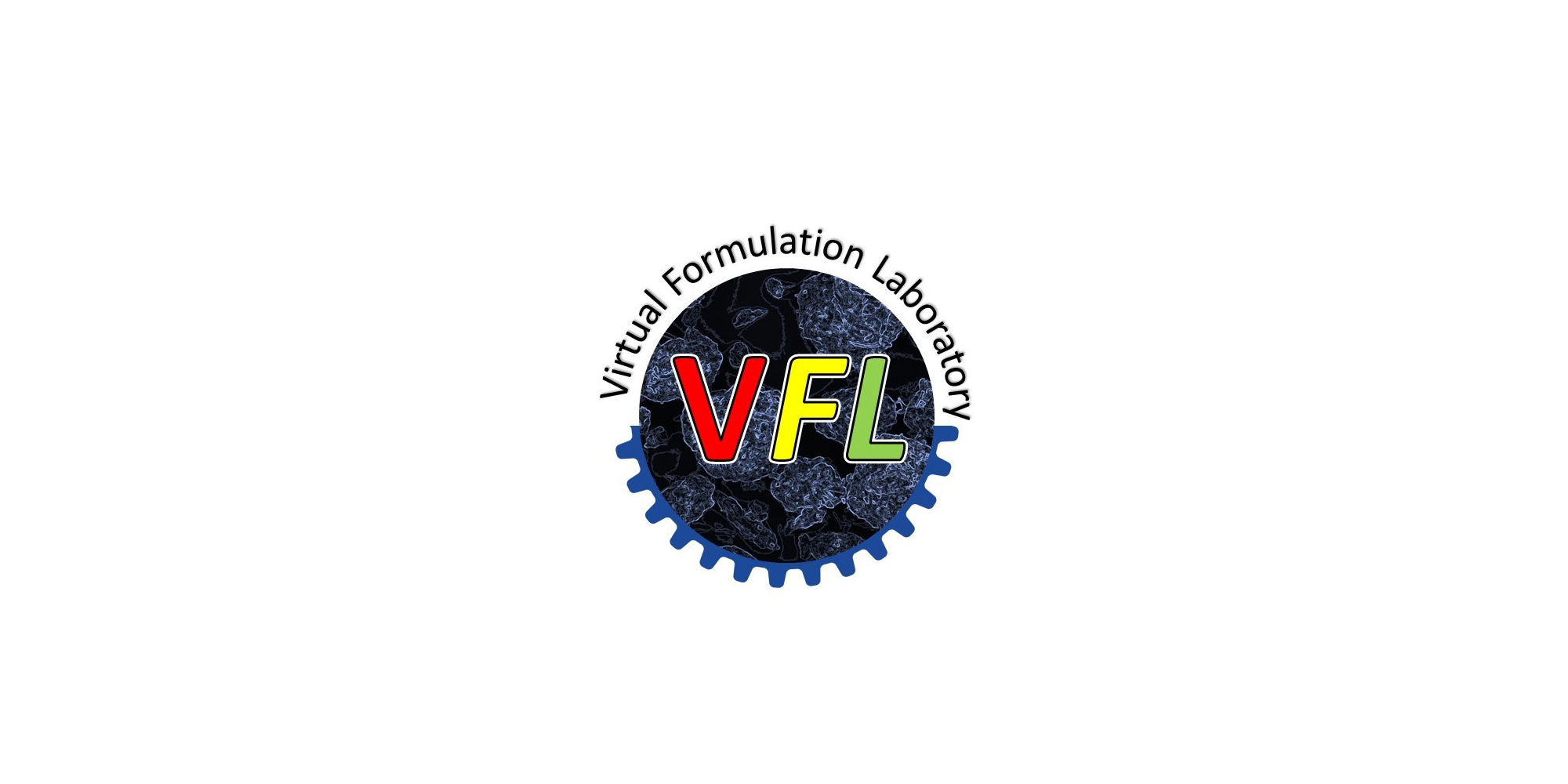This project proposes to develop a software tool for prediction and optimisation of manufacturability and stability of advanced solids-based formulations.
Investigators: Dr. Hamid Salehi, Mr. Vivek Garg, Dr. Tong Deng, Dr. Robert Berry, Professor Mike Bradley
Goal: The aims of VFL are (a) to develop the science base for the understanding of surfaces, particulate structures
Goal: The aims of VFL are (a) to develop the science base for the understanding of surfaces, particulate structures and bulk behaviour to address physical, chemical and mechanical stability during processing and storage and (b) to incorporate these into a software tool (VFL) which accounts for a wide range of material types, particle structures and blend systems to enable the formulator to test the effects of formulation changes in virtual space and check potential problems covering the majority of manufacturing difficulties experienced in production plants.
VFL will consider four processes: powder flow, compaction and storage; and will predict four manufacturability problems: poor flow/flooding, segregation/heterogeneity, powder caking and strength/breakage of compacts. These account for the majority of practical problems in the processing of solid particulate materials.
VFL is a collaboration between the University of Greenwich, University of Leicester, University of Leeds and Imperial College London. The project is sponsored by EPSRC, 2017-2020.
Publications:
H. Salehi, R. Berry, T. Deng, S. Larsson, R. Farnish, M. Bradley, Development and application of a novel cake strength tester, Journal of Powder Technology, 350, 36-42, 2019, DOI: 10.1016/j.powtec.2019.03.024.
H. Salehi, R. Berry, R. Farnish, M. Bradley, A new Uniaxial Compression Tester: Development and Application, Chemical Engineering Transaction, 74, 463-468, 2019. DOI: 10.3303/CET1974078
H. Salehi, R. Berry, R. Farnish, M. Bradley, Temperature and Time Consolidation Effect on the Bulk Flow Properties and Arching Tendency of a Detergent Powder, Chemical Engineering and Technology, 2019, DOI:10.1002/ceat.201900092
